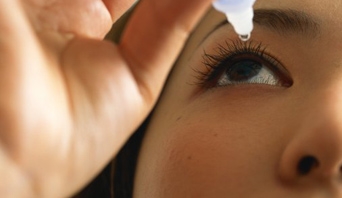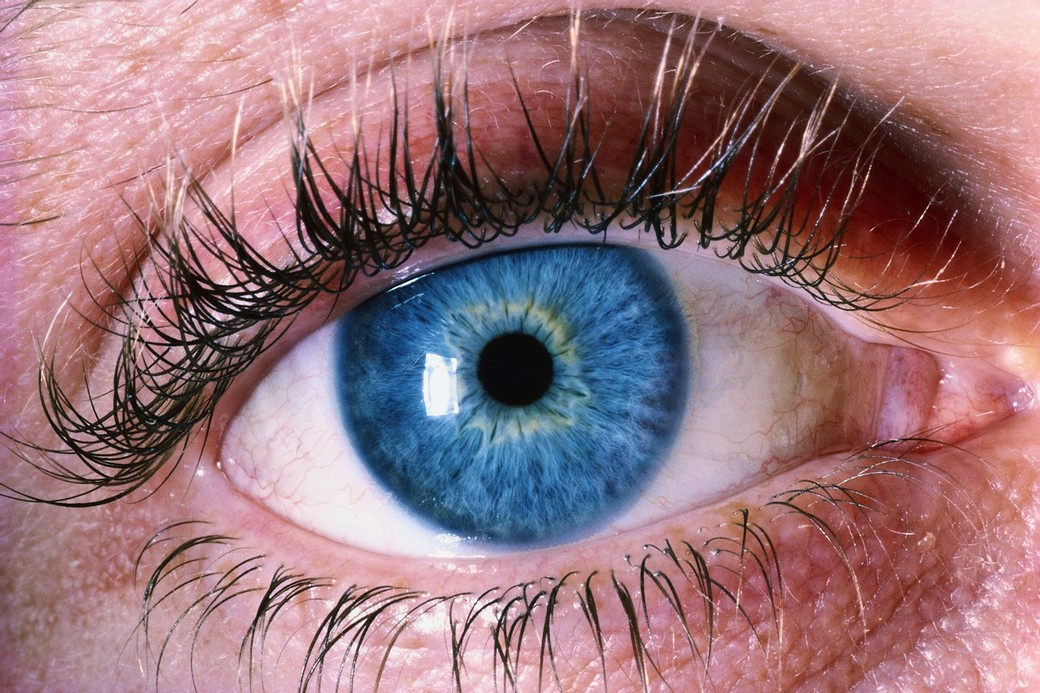
Ocular Dryness: There is more than meets the Eye
Winter has arrived in Ottawa, which means it’s time to dust off the old shovels and ice scrapers we have joyously stashed away for the summer. For people suffering from dry eye the arrival of the dry winter air is also the time to dust off the eye drops.
Dry eye syndrome (DES), affecting up to 20% of adults, is one of the most common conditions seen by primary eye care providers. Dry eye disease is characterized by an inadequate volume of tears or quality of tears leading to inflammation, irritation, redness and a decreased quality of vision that cannot be corrected with glasses. It is a complicated disease with many causes making it challenging to treat, however with the right approach, an eye care professional can tailor a treatment plan that will reduce the symptoms of dry eye.
Dry eye can be grouped into two categories: evaporative dry eye and aqueous deficient dry eye. Aqueous deficient dry eye causes a reduction in the quantity of tears produced by the eye. A decreased production of tears is generally followed by an increase in concentration of inflammatory products on the surface of the eye leading to the sensation of dryness. Evaporative dry eye, on the other hand, is caused by a decreased quality of tears. Lower quality tears lack an important component called the lipid layer of the tears, that prevents them for evaporating too quickly. When the tears evaporate too quickly the eyes tend to dry out, leading to dry eye symptoms.
There are many causes of dry eye syndrome. It is the job of your optometrist to determine what the cause of your dry eye is in order to create a specific treatment plan. The more commonly known causes of dry eye include age, hormonal changes, allergies, contact lenses and environmental causes such as a drafty, low-humidity environment. There are also many less-known causes of dryness including certain systemic diseases and medications, inflammation or infections of the eyelids and even too much time in front of a computer screen (we blink 50% less in when in front of a computer!).
The type of treatment for dry eye disease depends on the cause and severity. For many years, the first line treatment for dry eye is lubricating eye drops. Although they work in some cases, there are other, newer treatment options that can help to relieve the symptoms of dry eye. Eyelid scrubs, warm compresses and even omega-3 supplements can help increase the quality of tears leading to a reduction in dry eye symptoms. For more severe cases, anti-inflammatory drops such as Restasis can help rejuvenate the ocular surface of the eye and relieve dry eye symptoms.
In addition to booking an appointment to get the winter tires installed, consider booking an appointment with your optometrist today to learn more about how to treat your dry eyes.









